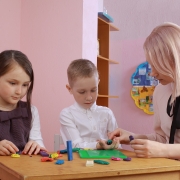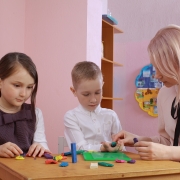ADHD versus Bipolar: What Are the Differences?
Life can be hard enough in children and adults with attention deficit hyperactivity disorder (ADHD). Unfortunately, comorbidities can make matters even more challenging, whether trying to succeed at school or work. Bipolar disorder is more likely to occur in children and adults with ADHD by several fold. What is bipolar disorder, how is it diagnosed, and how does it change ADHD treatment plans?











